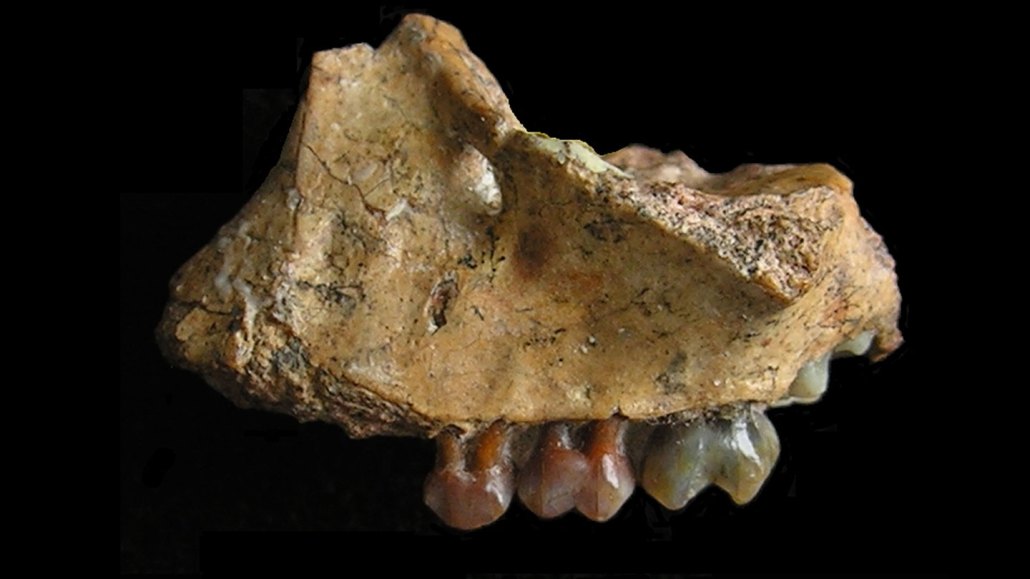Fossil finds put gibbons in Asia as early as 8 million years ago
A partial upper jaw and 7 isolated teeth raise questions about an older ape tooth from India

An infant ape’s partial upper jaw and four intact teeth helped researchers to determine that the earliest definitive fossil remains of gibbons date to as early as 8 million years ago in southwestern China.
Terry Harrison